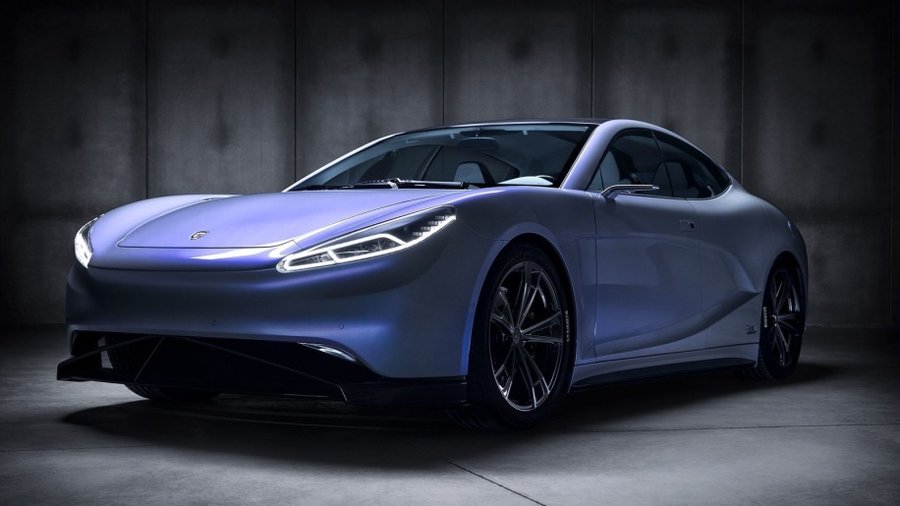From the files of lesser-noticed Geneva auto show unveilings comes this, a new full-electric offering from Shanghai-based LVCHI Auto. It's called the Venere and it's billed, we're not sure why, as a limousine.
Keep in mind that the company's only been around since 2016, while the Venere project only kicked off last year in concert with Italian design outfit I.DE.A Institute. The company says it aims to become a big player in electric vehicles and start production of the Venere in Turin in 2019.
The four-door four-seater comes with some eye-popping performance claims, including more than 1,000 horsepower from its 100kWh battery and four electric motors — two each at the rear and front — that each generate 185 kilowatts and a whopping 1,135 pound-feet of torque. It also boasts a 2.5-second 100 km/h time, a top speed of 285 km per hour and a driving range of 652 km on a single charge. We'll believe these claims when the car proves them.
The all-wheel drive sports car — sorry, limo — is built on a composite chassis made of sandwiched carbon fiber and honeycomb for torsional and flexible rigidity and to limit weight. The frame is manufactured using the roof as a collaborative structural component, joined by aluminum chassis supports attached to the front and rear powertrain. It's definitely a nicely designed, sporty looking roadster, though we can't help comparing the swooping lid-like rear with a certain helmet worn by a regiment of Death Star gunners.
Next up, LVCHI says, are a new electric Citycar and, between 2020 and 2021, a new SUV, multipurpose vehicle platforms and the launch of a high-performance electric sedan called the Urano. That car debuted in Shanghai in January and represented the brand's official launch, per CarNewsChina. The website reports the company is building a factory in Jilin, China with an eventual capacity of 550,000 vehicles.
Nouvelles connexes



